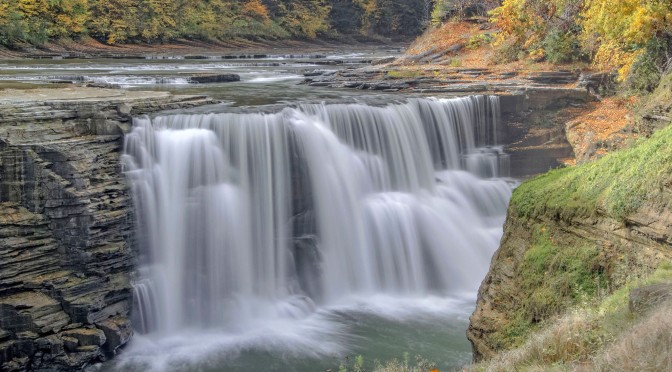The third article in our series of Photography Fundamentals focuses on shutter speed.
Shutter speed is the third element in the exposure triangle and changes that you make to this setting will affect your aperture setting and/or your ISO sensitivity setting. Adjusting shutter speed is done to control the amount of motion blur, or lack of same, that is desired in a photograph.
In landscape photography slower shutter speeds are often used to create a ‘smooth water’ effect when creating images of waterfalls or rapids.
NOTE: Click on images to enlarge.
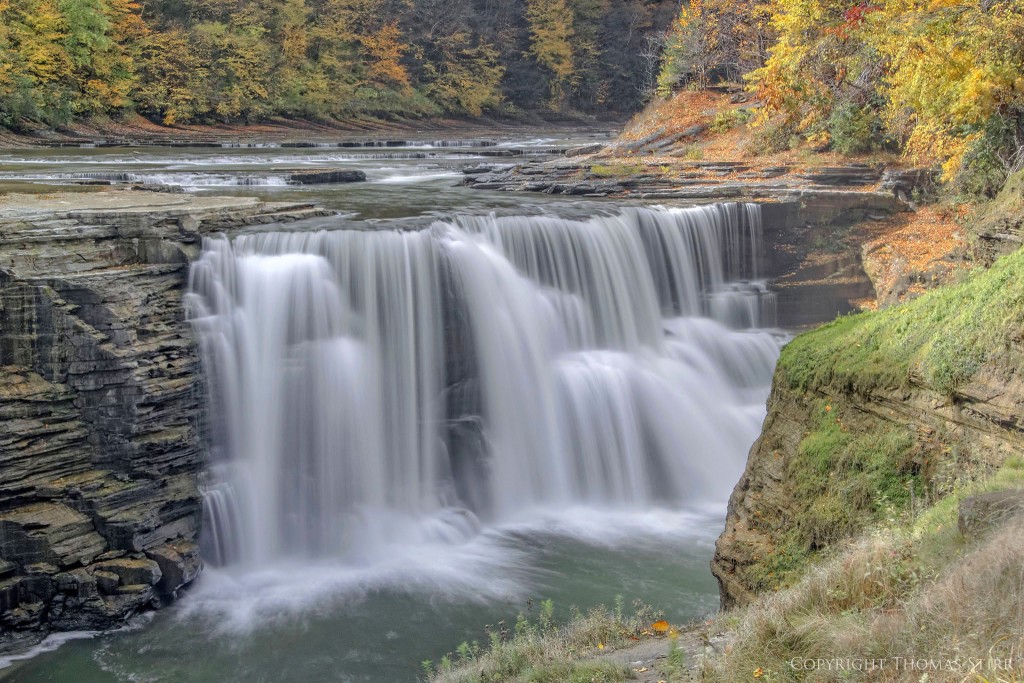
Images like the one above are typically taken with a tripod-mounted camera, often using some kind of remote shutter release. A neutral density filter is also often used to cut the amount of light entering the camera lens so a very slow shutter speed can be achieved and create blurred motion of the flowing water.
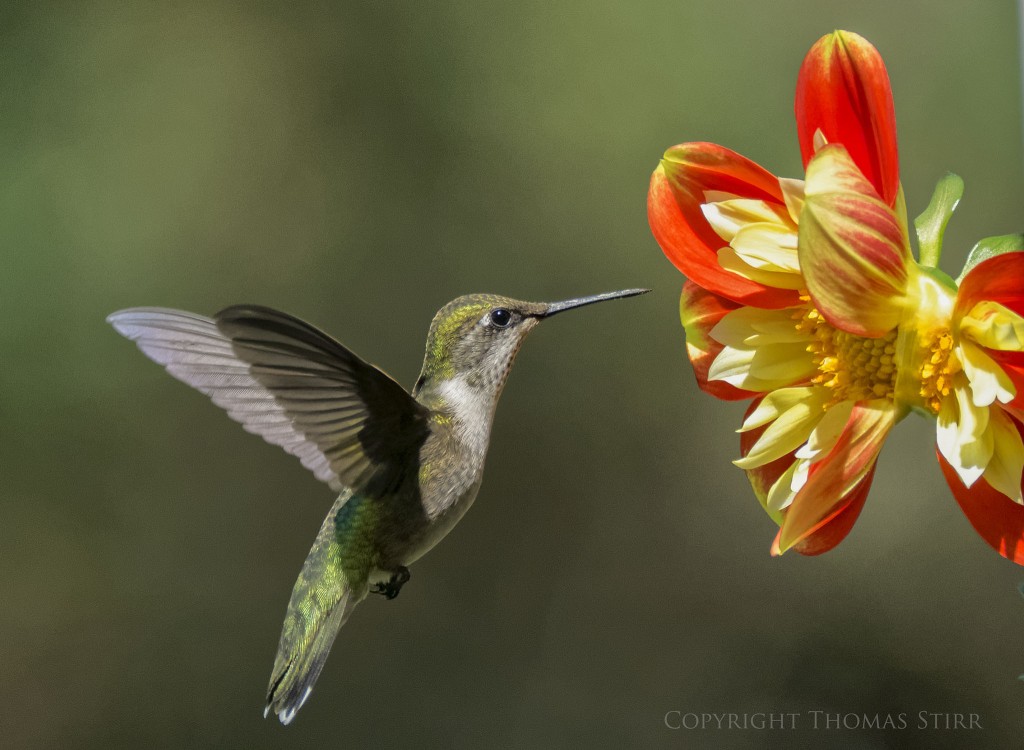
At other times a photographer may choose an extremely fast shutter speed so that the action in the image can be ‘frozen’ as you can see with the hummingbird in the above image.
Understanding how the various elements in the exposure triangle interact is key for a photographer to create the correct balance between the exposure elements to achieve the exact look and image quality desired.
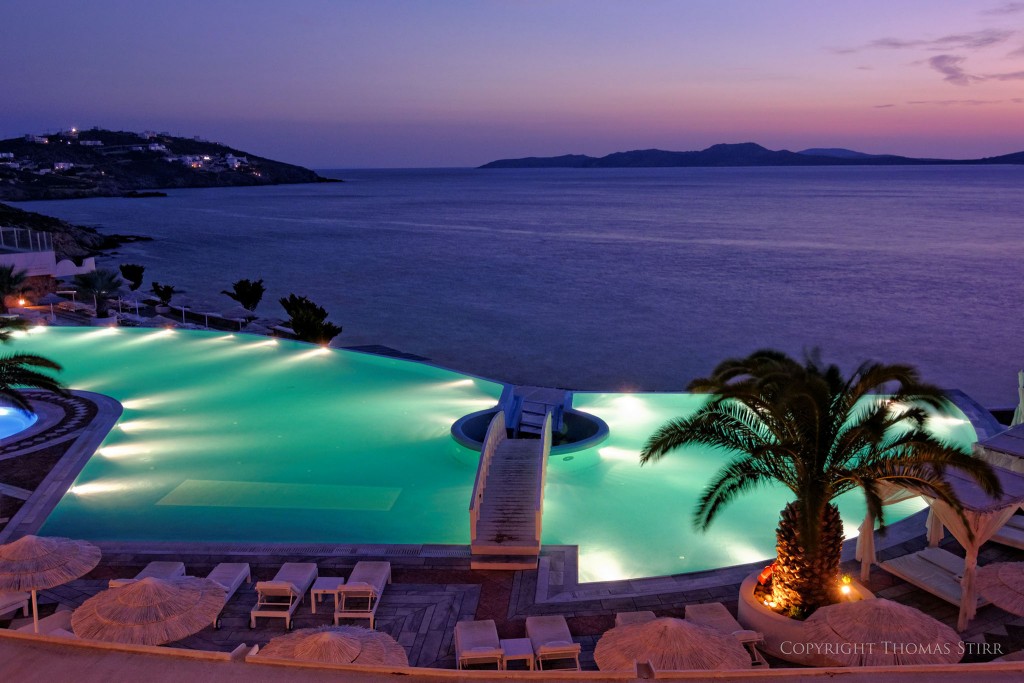
As you can see in the image above an extremely slow shutter speed of 5 seconds was used in order that the image could be captured at a low ISO sensitivity setting to try to ensure the maximum amount of colour depth in the image. This helps to capture subtle differences in colour and shading.
Higher shutter speeds are also quite often used when shooting macro-type images of flowers and other static subjects that may be subject to strong movement because of wind.
Photographing quickly moving subjects like aircraft/sports and wildlife images also typically require faster shutter speeds as you can see in the following images…

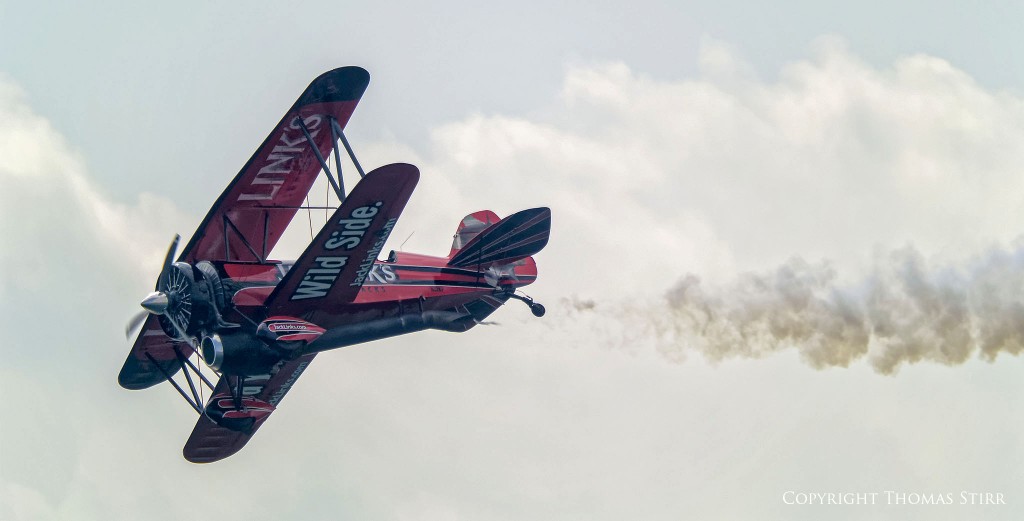

Often a photographer may be shooting images of stationary subjects but may not have a tripod with them. To compensate for camera shake when shooting hand-held a photographer will often adjust the shutter speed used.
Most photographers consider the ‘rule of reciprocity’ when deciding on what shutter speed to use when shooting hand-held. Basically this rule states that when shooting with a lens and/or camera body that does not have image stabilization built in, a minimum shutter speed that corresponds to the focal length of the lens should be used to avoid motion blur. For example, a 200mm focal length lens should be used at a shutter speed of at least 1/200th of a second, a 50mm lens at 1/50th of a second and so on.
If your camera body or lens has image stabilization that can often allow you to shoot at a shutter speed 2 or 3 ‘stops’ slower than the ‘rule of reciprocity’.
Let’s look at how a change in shutter speed could impact the ISO sensitivity setting that a photographer may use. For illustrative purposes we’ll assume that a telephoto zoom lens is being used and the aperture selected is constant at f/5.6. The photographer initially has their camera set at ISO-100 with a shutter speed of 1/60th to get the proper exposure but finds that this shutter speed is far too slow to capture a moving subject in the distance. Here’s how shutter speed and ISO relate in this scenario as the photographer increases their shutter speed. It should be noted that each change in ISO and corresponding shutter speed shown below equals ‘one stop’ of light.
ISO-100 – 1/60
ISO-200 – 1/125
ISO-400 – 1/250
ISO-800 – 1/500
ISO-1600 – 1/1000
ISO-3200 – 1/2000
ISO-6400 – 1/4000
Learning how to shoot stationary subjects hand-held at slow shutter speeds can help extend the useful range of a camera as it can allow a photographer to shoot at a lower ISO which creates an image with less noise, more dynamic range and more colour depth.

The image above is an extreme example of shooting hand-held at a slow shutter speed as it was taken at only 1/6th of a second. This enabled the image to be captured at ISO-500. If this same image was captured at the same aperture of f/5.6 at a shutter speed of 1/50 (a difference of 3 stops) an ISO sensitivity setting of ISO-4000 would have been needed to get the same exposure.
My intent is to keep this photography blog advertising free. If you enjoyed this article and/or my website and would like to make a modest $10 donation through PayPal to support my work it would be most appreciated. You can use the Donate button below. Larger donations can be made to tom@tomstirr.com through PayPal.
Article Copyright Thomas Stirr. All rights reserved. No use, duplication of any kind, or adaptation is allowed without written consent.

